7 Hotels With Remarkably Influential Interior Design
There are plenty of hotels around the world with beautiful, eye-catching designs, but far fewer with interiors so thought-out that they actually changed the design conversation. We wanted to go beyond surface-level looks and dig deeper into the legacies of the hotels that represent bold thinking and visionary design. Many of them have been refreshed over the years, and a couple have closed for good, but most are still bookable. Here are seven hotels with interiors that broke the mold.
The Beverly Hills Hotel by Paul R. Williams
The Pink Lady may have originally opened in 1912, but it was in the 1940s that it gained the iconic California look it’s famous for today. Pioneering Black architect Paul R. Williams—who had a profound impact on the architectural aesthetic of Los Angeles—was hired in 1941 to update the lobby, which he covered in CW Stockwell’s Martinique banana leaf wallpaper by Don Loper. Williams completed many updates and refreshes at the hotel over the years, including its beloved script sign.
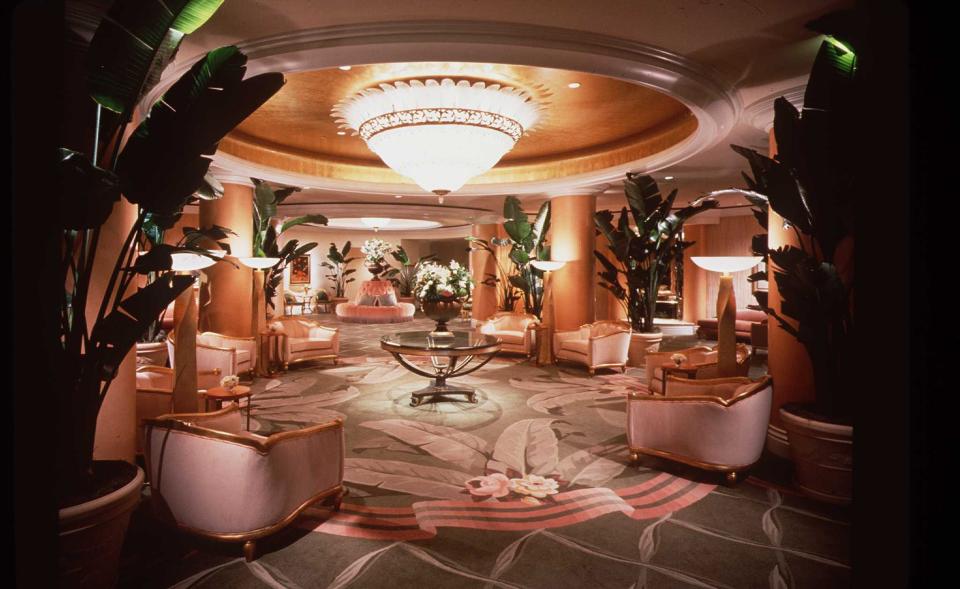
1152668
The Greenbrier by Dorothy Draper
Interior designer Dorothy Draper had an outsize influence that can be seen in hotels around the U.S., but nowhere more so than at the Greenbrier in Sulphur Springs, West Virginia. The sprawling resort opened in 1778, but became a beacon of good design when Draper renovated it in 1947 in her signature modern baroque style characterized by wide stripes, floral chintz, splashy colors, and black-and-white checkerboard floors. Since Draper’s death, all updates to the hotel have been carried out by her protégé Carleton Varney, who is currently the president and owner of Dorothy Draper & Co., Inc.
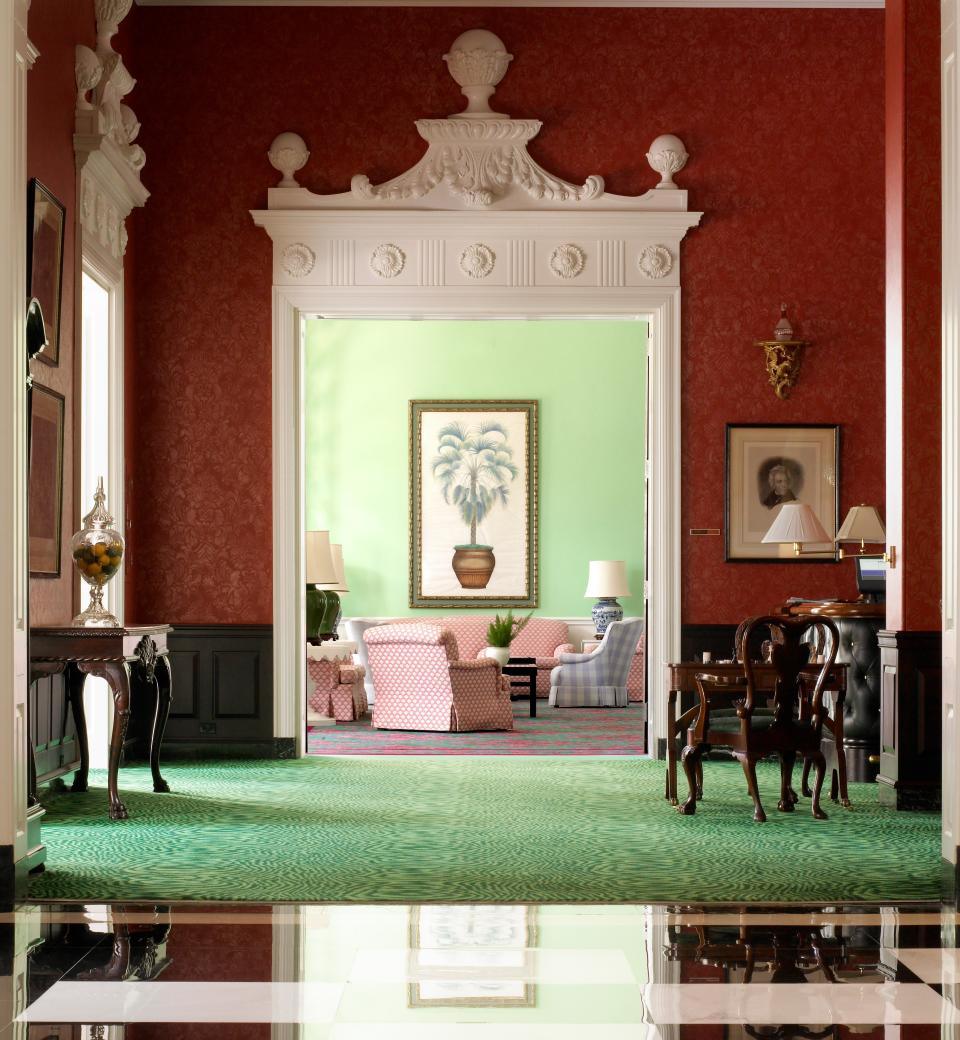
The Terrace Plaza Hotel by SOM
In 1948, the emerging firm of Skidmore, Owings & Merrill was commissioned to create the Terrace Plaza Hotel in Cincinnati—America’s first new hotel to be built after World War II. Natalie DeBlois was the lead designer and used the hotel as a way to introduce modernism to the U.S., creating a landmark in the International Style and decorating the interiors with modern art by Joan Miró, Alexander Calder, Saul Steinberg, and Jim Davis. It was the first hotel in the U.S. to have elevators without operators, rooms with individual heating and cooling controls, and sofas that could convert to a bed at the push of a button. Despite setting the standard for modern amenities, the hotel fell into disrepair and was all but abandoned. It’s on the National Trust for Historic Preservation’s list of the 11 Most Endangered Places for 2020.

Terrace Plaza Hotel
Parco dei Principi Hotel by Gio Ponti
Like Arne Jacobsen, Gio Ponti designed every detail of the Parco dei Principi Hotel, which opened in 1962 in Sorrento, the gateway to Italy’s glamorous Amalfi Coast. Inspired by the endless blue of the Mediterranean, Ponti adhered to a strictly blue-and-white color scheme, designing geometric tiles, fittings, and furnishings, and the pool’s linear diving platform. His drawings and explanations can be seen in a permanent display in the lobby along with key design pieces he created for the hotel.

The Royal Copenhagen Hotel by Arne Jacobsen
When Arne Jacobsen—considered one of the fathers of Danish modernism—was hired by Scandinavian Airline Systems (SAS) to design a hotel in central Copenhagen, no detail went unnoticed. Opened in 1960, the hotel is Jacobsen’s Gesamtkunstwerk—total work of art—for which he designed everything right down to the silverware in the restaurant. Indeed, his famous Swan, Egg, and Drop chairs were created specifically for the hotel. It’s now operated by Radisson as the Radisson Collection Royal Hotel, and was refreshed by Space Copenhagen in 2018.
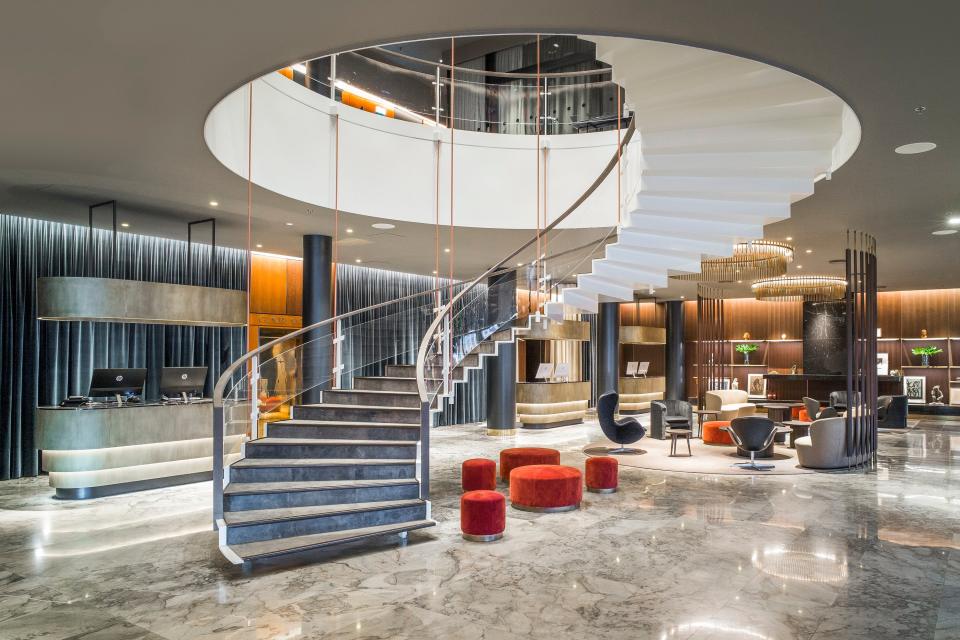
Morgans Hotel by Andrée Putman
Boutique hotels are ubiquitous now, but Morgans Hotel in New York City ushered in the craze for small, design-forward hotels in trendy urban neighborhoods when it opened in 1984. Dreamed up by Ian Schrager and Steve Rubell, who tapped French designer Andrée Putman for the interiors, Morgans epitomized pared-down elegance with a touch of the unconventional (consider the black-and-white checkerboard bathrooms). The hotel closed in 2017 and was converted into micro-apartments.
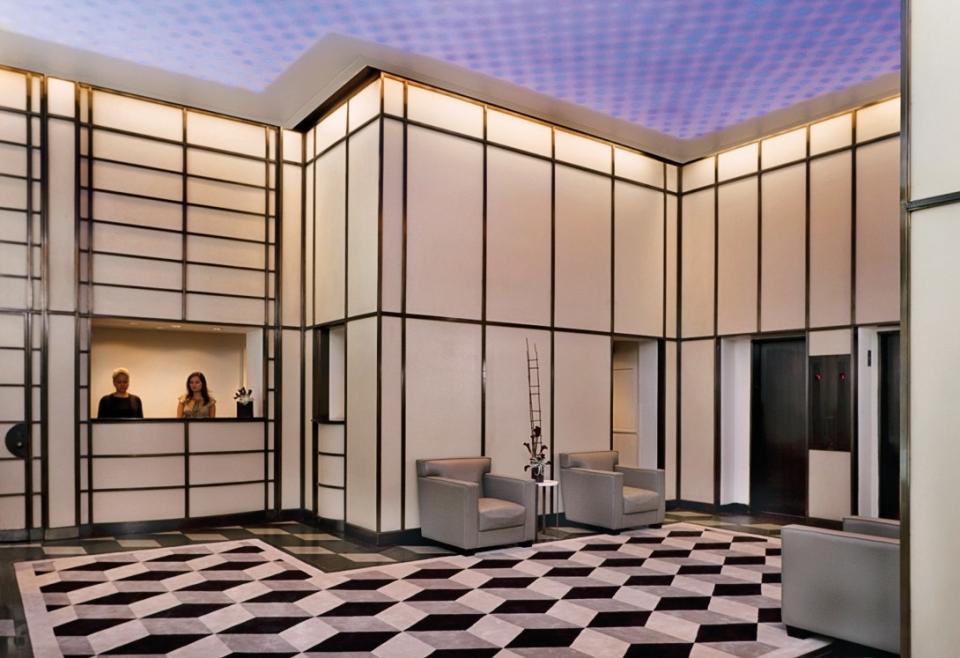
Delano South Beach by Philippe Starck
Also conceived by Ian Schrager, the Delano in South Beach opened in 1995 with an *Alice in Wonderland–*inspired design by Philippe Starck. In contrast to the rather sober Morgans, the Delano’s design is all about playful style that borders on the surreal. Take the oversized Starck couch and crystal piano in the lobby, the gold Leda chair sculpted with high-heeled feet by Salvador Dalí, and the wooden Calvet armchair by Antoni Gaudí as proof. In contrast, the rooms bear a monochromatic white-on-white scheme.
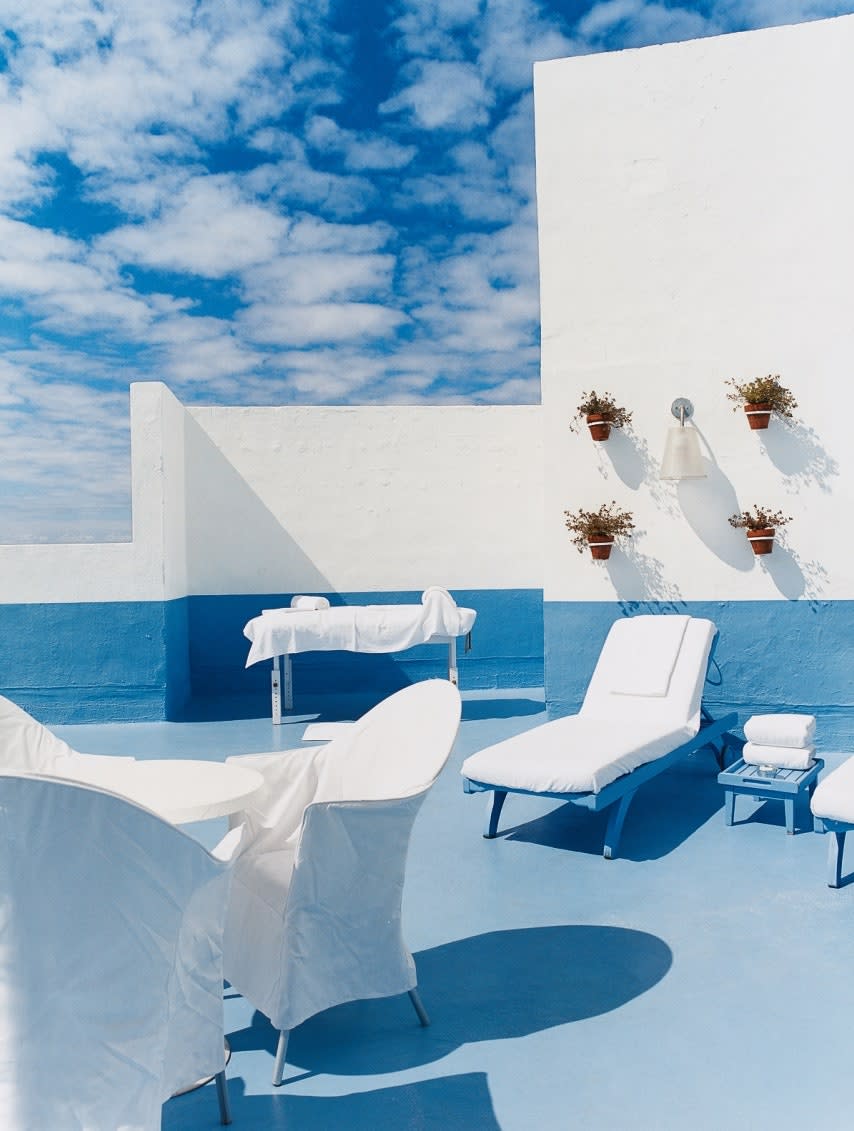
Originally Appeared on Architectural Digest

